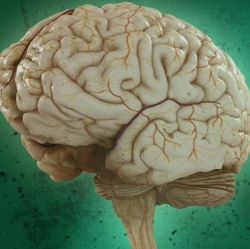
A quarter of teachers in the UK believe a student’s brain would shrink if they drank less than six to eight glasses of water a day, while around half of those surveyed believe a student’s brain is only 10 per cent active. Over 70 per cent of teachers in all countries wrongly believe a student is either left-brained or right-brained, peaking at 91 per cent in the UK.
And almost all teachers (over 90 per cent in each country) feel that teaching to a student’s preferred learning style, auditory, kinaesthetic or visual, is helpful, despite no convincing evidence to support this approach. The new research from the University of Bristol, published in Nature Reviews Neuroscience, calls for better communication between neuroscientists and educators. “These ideas are often sold to teachers as based on neuroscience, but modern neuroscience cannot be used support them,” said Paul Howard-Jones, author of the article, from Bristol University’s Graduate School of Education. “These ideas have no educational value and are often associated with poor practice in the classroom.”
The report blames wishfulness, anxiety, and a bias towards simple explanations as typical factors that distort neuroscientific fact into neuromyth. “Sometimes, transmitting ‘boiled-down’ messages about the brain to educators can just lead to misunderstanding, and confusions about concepts such as brain plasticity are common in discussions about education policy.”
